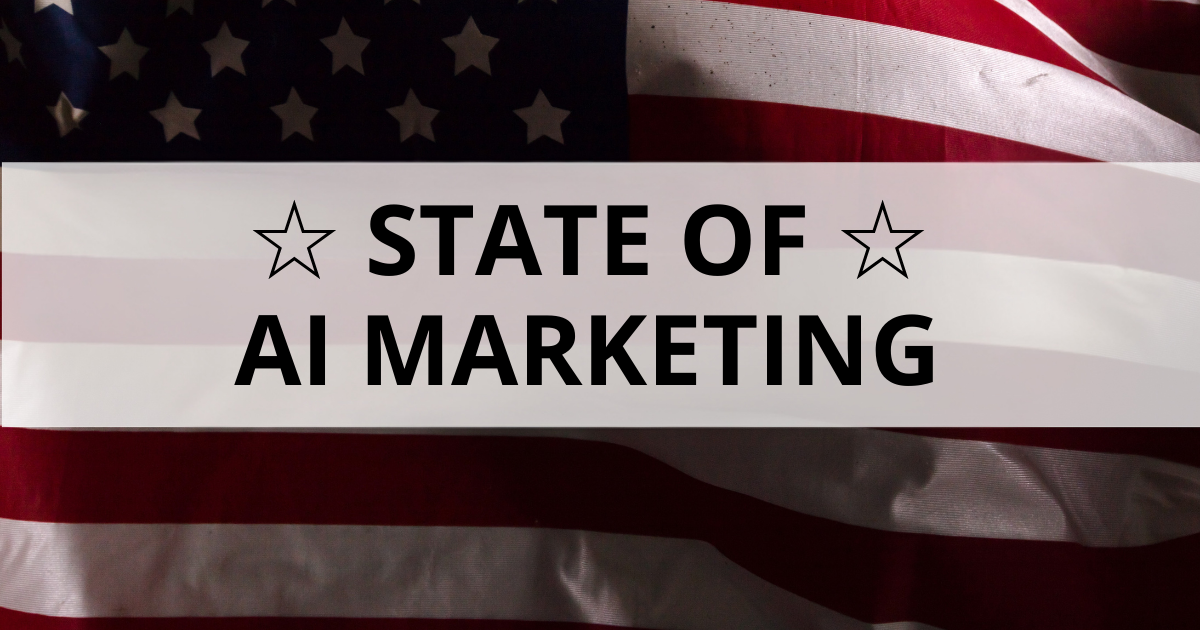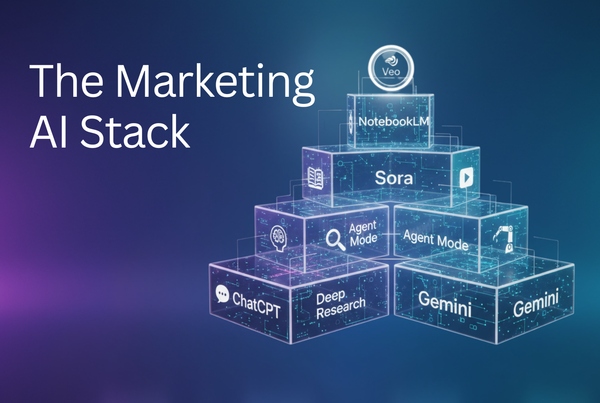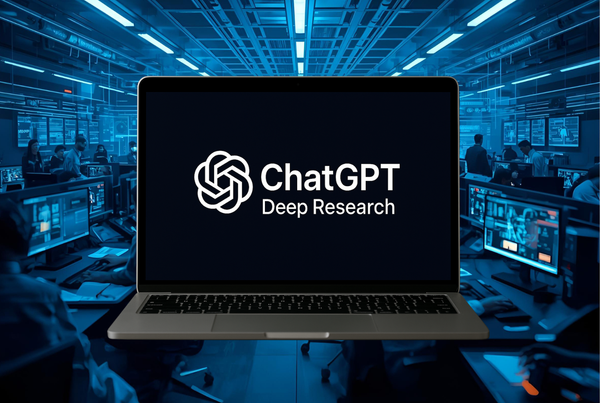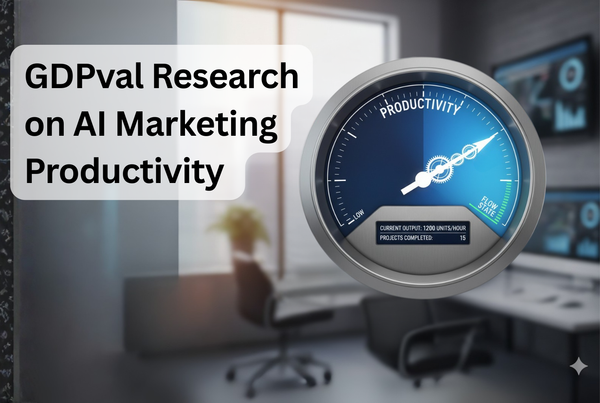What Four Recent Studies Say About the State of AI in Marketing Today
Four recent State of AI in Marketing reports each offer a clear picture of how AI is becoming essential in marketing, but the depth of integration and the maturity of strategy vary widely.

I came across four recent studies on the adoption and growth of AI in marketing. In a world evolving this quickly, I wanted a real-time view of how marketers are using AI right now, so I took a look at what these reports have in common and how they differ.
These reports from Marketing AI Institute, Jasper, Brafton, and CoSchedule each offer a clear picture of how AI is being used in marketing teams today. While each approaches the topic from a different angle, they tell a mostly consistent story: AI is becoming essential in marketing, but the depth of integration and the maturity of strategy vary widely.
The gap between using AI and using it well remains significant. The most successful teams aren’t just adopting tools,they’re investing in AI literacy, aligning on process and governance, and tailoring their tech stacks to fit brand-specific needs. These organizations are seeing an ROI. The rest are still in experimentation mode.
Across the reports, marketers share a common belief in AI’s value. But the readiness to scale AI effectively with structure, skills, and strategic alignment is where the biggest differences emerge.
Where the Reports Agree
1. AI Is Widely Adopted and Still Accelerating
AI has firmly established itself as a foundational tool in marketing, particularly for content creation. Adoption levels are high and still rising.
- 85% of marketers use AI for content creation (CoSchedule).
- 63% already use generative AI, with another 27% planning to adopt it within six months (Jasper).
- 60% are in the Piloting or Scaling phase of adoption (Marketing AI Institute).
- Brafton shows strong tactical usage: 77% use AI for research, 67% for outlining, and 66% for headline generation.
2. Efficiency Is the Core Benefit
Across all four studies, efficiency is the dominant driver of AI adoption. Marketers are automating repetitive tasks, accelerating output, and freeing up time for strategic work.
- 82% of marketers say saving time is their top goal with AI (Marketing AI Institute).
- 79% report improved team productivity (CoSchedule).
- 78% of Jasper users noted gains in job satisfaction and marketing ROI after adopting AI.
3. Barriers Remain: Training, Trust, and Tool Overload
Despite progress, most organizations face similar growing pains, especially around education, leadership buy-in, and tech integration.
- 62% cite a lack of training as the biggest barrier (Marketing AI Institute).
- 73% of Brafton respondents report having no formal AI policies; 72% struggle with prompt writing.
- CoSchedule highlights persistent concerns around data privacy (40%), cost (33%), and lack of technical expertise (38%).
- Jasper adds that only 43% of adopters have a formal AI program, and fewer than 50% are tracking ROI, indicating a patchwork of disconnected experiments.
Where the Reports Diverge
1. Perspectives on Workforce Impact
This is one area where opinions diverge sharply.
- Marketing AI Institute reports growing concern: 53% believe more marketing jobs will be eliminated than created by AI, a 13-point jump since 2023.
- In contrast, CoSchedule reports that 84% of marketers saw no decline in team size in 2024. Instead, AI is seen as a way to enable growth without needing to hire.
- Jasper largely avoids the workforce topic, focusing instead on how organizational alignment and maturity influence success.
This suggests a split in how AI’s impact on teams is perceived,perhaps influenced by company size, culture, or industry.
2. General-Purpose vs. Domain-Specific Tools
Tool choice reflects strategic maturity.
- Jasper finds that 71% of high-maturity teams use domain-specific AI tools aligned to their brand and workflows.
- Marketing AI Institute shows that ChatGPT is still the most common tool, especially among smaller companies.
- Brafton reveals a fragmented landscape: 44% use paid tools, 37% use free tools, and 19% rely on built-in platform features, a clear sign of trial-and-error adoption.
I think that company size plays a role here. Smaller organizations are more likely to deploy general-purpose tools like ChatGPT, while larger teams gravitate toward integrated, specialized solutions.
3. ROI Tracking and Strategic Maturity
Strategic planning and measurement remain elusive for many.
- Only 49% of Jasper respondents track the ROI of their AI investments. Among general-purpose AI users, that number drops to just 20%.
- 75% of companies in the Marketing AI Institute report lack an AI roadmap, and most also lack training, ethics policies, or governance structures.
- CoSchedule paints a more optimistic picture: 64% say AI-generated content performs as well or better than human-created content, and 93% report that AI capabilities were added to their tools in 2024.
These are all interesting studies and worth the time to dive into their perspectives and key learnings. Each is a free download on each site:
- Marketing AI Institute: State of Marketing AI 2025
- Jasper: The State of AI in Marketing 2025
- Brafton: State of AI Adoption in Marketing Teams
- CoSchedule: The State of AI In Marketing 2025





